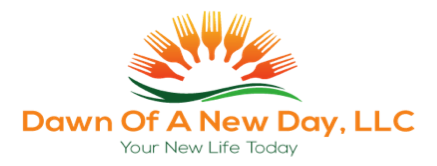Photo Credit: Livestrong.com
Pumpkins, like apples, are the signature Fall food, Fall's hallmark. We use pumpkins in our decor, wardrobe, and cooking. We display them in our yard, on our doorstep. The pumpkin, the great symbol used to celebrate the change of season and our health and vitality.
What are pumpkins good for? Well, both the flesh and the seeds provide a tremendous amount of fiber, vitamins and minerals. The seeds also provide protein and Omega-3 Fatty Acids and tryptophan; they are a great snack for providing mind and body nourishment. The flesh contains a phytonutrient, carotene, that helps reduce the risks of heart disease and many cancers as well as the effects of aging. The flesh also contains flavonoids that destroy free radicals. Pumpkin is a low calorie food.
Preparation
Always wash your produce with a store bought veggie wash or white vinegar and water. Pumpkin can be eaten raw or steamed, boiled, roasted, sauteed. Chunk it, shred it, puree it. Add it to soups, mashed potatoes, smoothies, chia pudding. It can be the soup, the mash the smoothie or the pudding! Cakes, breads, pancakes, pastas, coffee...pumpkin everything. Don't forget to save the seeds.
Small pumpkins are best for cutting, larger ones for carving, unless you are experienced at cutting a pumpkin. The easiest way to cut and peel a pumpkin is to lop off the top of the pumpkin, then cut in half, top to bottom, scoop out the seeds and peel. Cut or chop according to your recipe. If using raw, simply chop into smaller cubes to be consumed as is or pulsed in a food processor. If you are roasting a pumpkin the easiest way to prep is to cut in half, remove the seeds, then cut the halves in half and roast skin-side down. Simply roast until the flesh is soft. The flesh can be removed from the skin when cool enough to handle.
Thanks so much for reading my blog and please click on the button below for recipes.
-Dawn Swope CHHC, AADP

